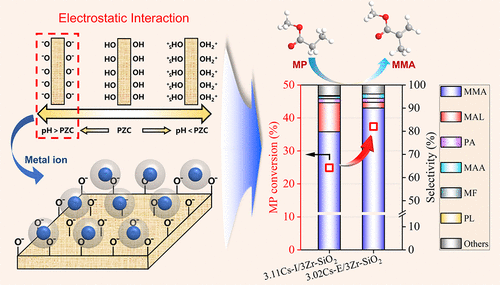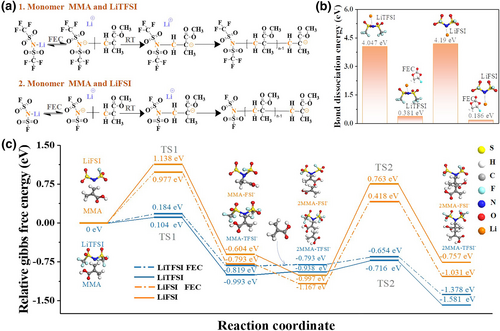What is methyl methacrylate used for? Is methyl methacrylate super glue?
Release time: May 7, 2025
If you’ve ever admired a sleek acrylic glass display, bonded materials with a high-strength adhesive, or even wondered about the chemistry behind everyday plastics, you’ve likely encountered methyl methacrylate (MMA)—a versatile chemical with a surprising range of uses. But is it the same as the super glue in your toolbox? Let’s break it down.
What is Methyl Methacrylate (MMA)?
MMA,CAS No.80-62-6, is a colorless, volatile liquid that serves as the building block for polymethyl methacrylate (PMMA), better known as acrylic glass or Plexiglas. Beyond its role in creating transparent, shatter-resistant materials, MMA is a key ingredient in:
-
Coatings and paints: For durability and gloss.
-
Adhesives: Especially high-performance industrial bonding agents.
-
Dental and medical devices: Such as bone cement and artificial joints.
-
Textiles and resins: To enhance water resistance and flexibility.

Recent research even explores MMA’s potential in eco-friendly wood adhesives and recycling biodegradable plastics into valuable chemicals, aligning with sustainable goals (Nature Sustainability, 2023).
Is Methyl Methacrylate Super Glue?
Short answer: No. While both are part of the acrylic family, they’re chemically distinct:
| Property | Methyl Methacrylate (MMA) Adhesives | Super Glue (Cyanoacrylate) |
|---|---|---|
| Composition | Two-part system (resin + hardener) | Single-component (ethyl cyanoacrylate) |
| Curing | Slower, forms durable structural bonds | Instant (reacts with moisture) |
| Strength | High impact resistance, flexible | Brittle, best for small repairs |
| Uses | Industrial bonding, automotive, construction | Household fixes, crafts |
MMA adhesives excel in demanding applications—like bonding aircraft parts or underwater pipelines—where strength and longevity matter. Super glue, on the other hand, is your go-to for quick fixes but lacks MMA’s versatility.
Why the Confusion?
Both are called “acrylic adhesives,” but their chemistries differ. MMA adhesives polymerize into a tough plastic, while super glue forms chains when exposed to water vapor. Think of MMA as the heavy-duty cousin of the fast-acting super glue.
The Future of MMA

Scientists are innovating MMA production to reduce reliance on fossil fuels. For example:
-
Green synthesis: Converting waste plastics (like polylactic acid) into MMA (Nature Sustainability, 2023).
-
Milder conditions: New catalysts enable MMA production at lower temperatures (Chemical Engineering Journal, 2023).
These advances could make MMA even more sustainable—without sacrificing performance.
Key Takeaways
-
MMA is everywhere: From glossy displays to medical implants.
-
Not super glue: MMA adhesives are stronger and more durable.
-
Sustainability push: Researchers are cleaning up MMA’s production process.
Next time you see acrylic glass or reach for an adhesive, you’ll know the science behind it!
References:
-
Nature Sustainability (2023) on plastic upcycling.
-
Chemical Engineering Journal (2023) on low-temperature MMA synthesis.
-
ACS Catalysis (2025) on efficient MMA catalysts.
What is acrylic acid used for? Is acrylic acid safe?
Have you ever wondered what makes your favorite paints so durable, your adhesives so strong, or even some medical products so effective? The answer might lie in a versatile chemical called acrylic acid. But with its widespread use, questions about its safety naturally arise. Let’s dive into the science behind acrylic acid, its applications, and whether it poses any risks.
What is the main action of disulfiram? Is disulfiram the same as Antabuse?
Disulfiram, CAS No.97-77-8, also known by its brand name Antabuse, is a medication primarily used to support the treatment of chronic alcoholism. Its main action is to produce an acute sensitivity to alcohol, discouraging consumption by causing unpleasant reactions when alcohol is ingested.
Bpc 157
CAS number:137525-51-0
Ergothioneine
CAS number:497-30-3
Potassium chloride
CAS number:7447-40-7
Isophorone
CAS number:78-59-1
TITANIUM DIOXIDE (TIO2)
CAS number:13463-67-7
Formaldehyde
CAS number:50-00-0
Contact Us
We supply all kinds of reagents and raw materials, focus on research and development, and integrate chemical synthesis, purification technology and small-scale, pilot and mass production supply chain construction.Email:net.fei@163.com
